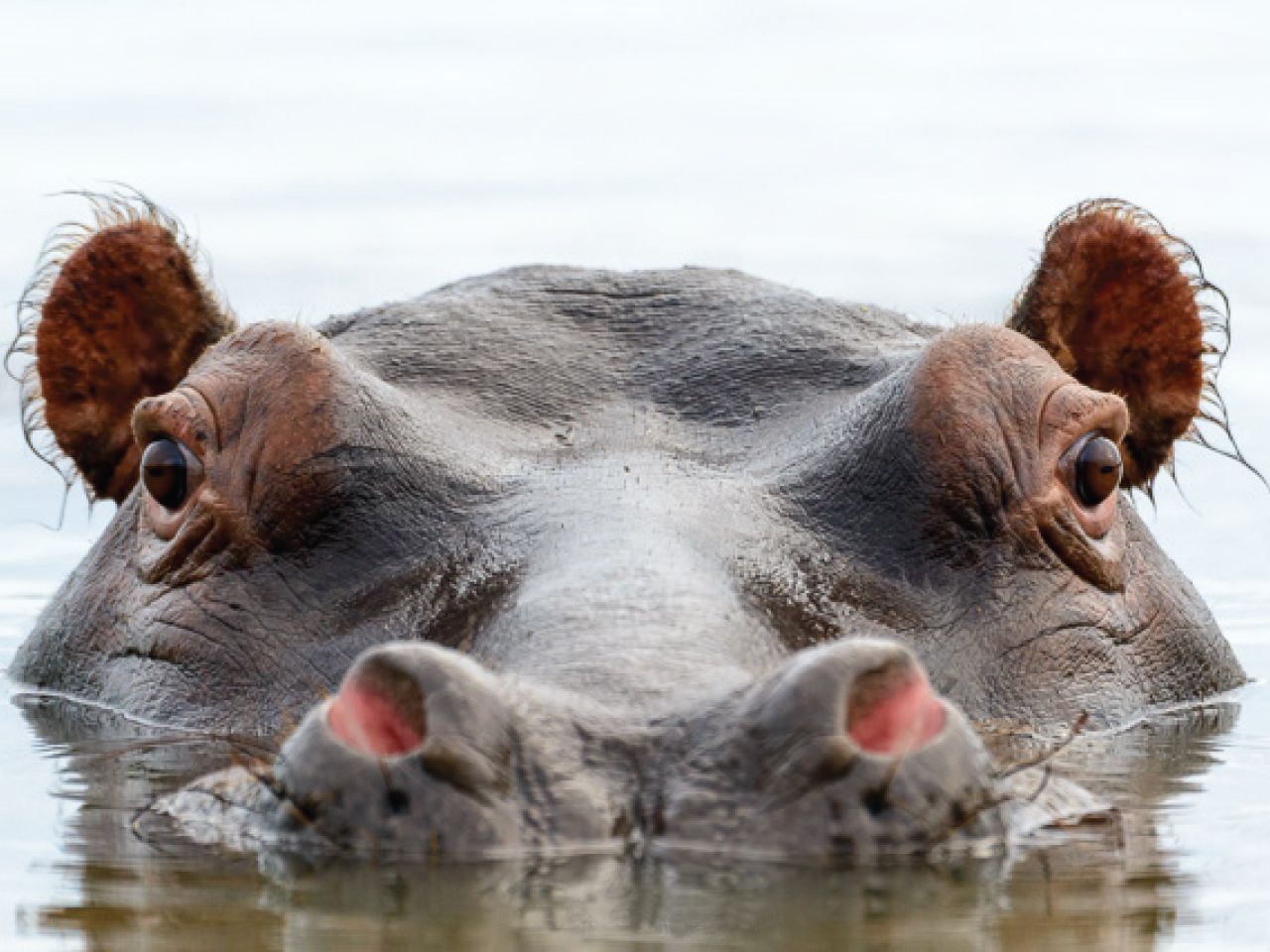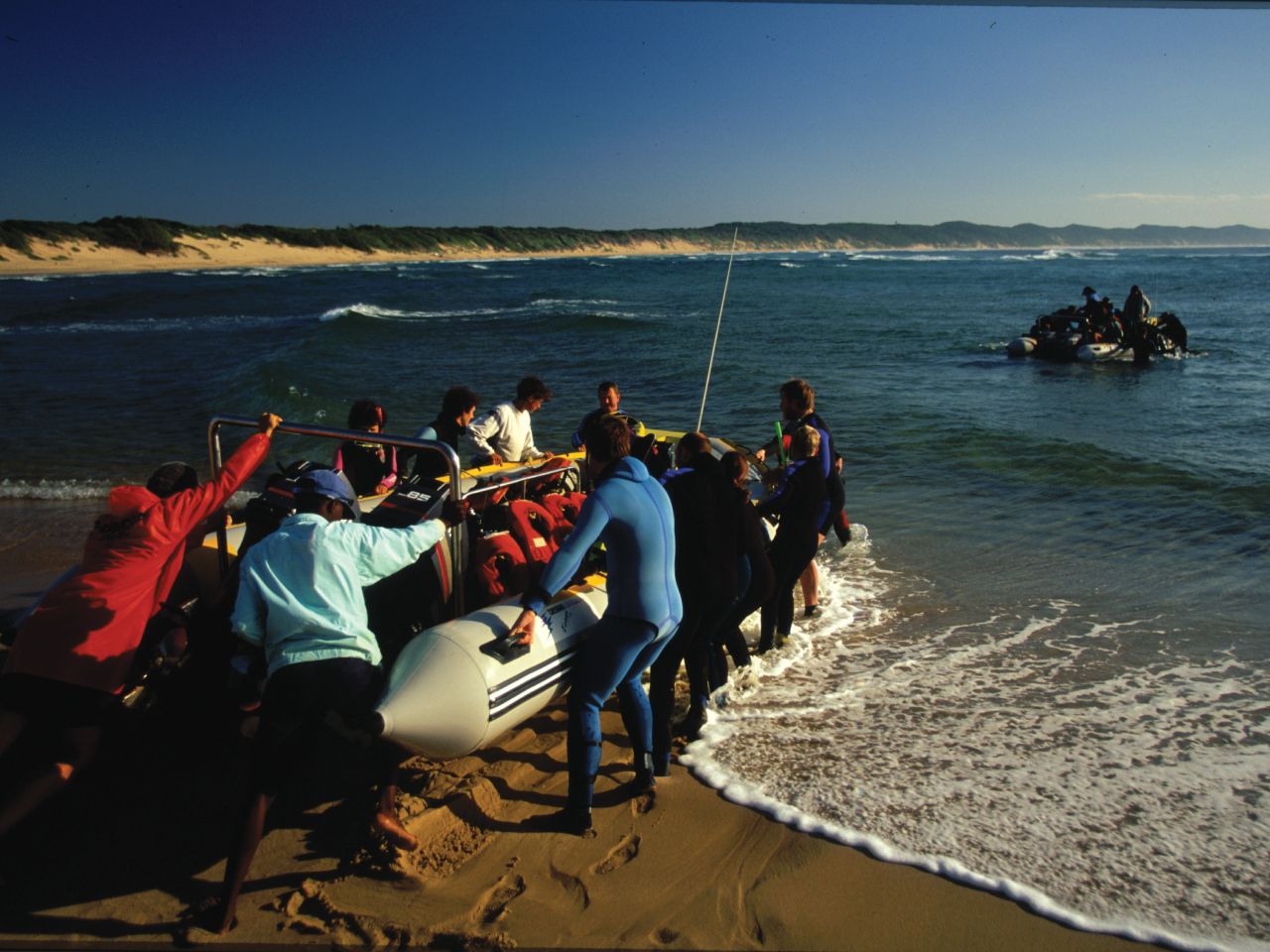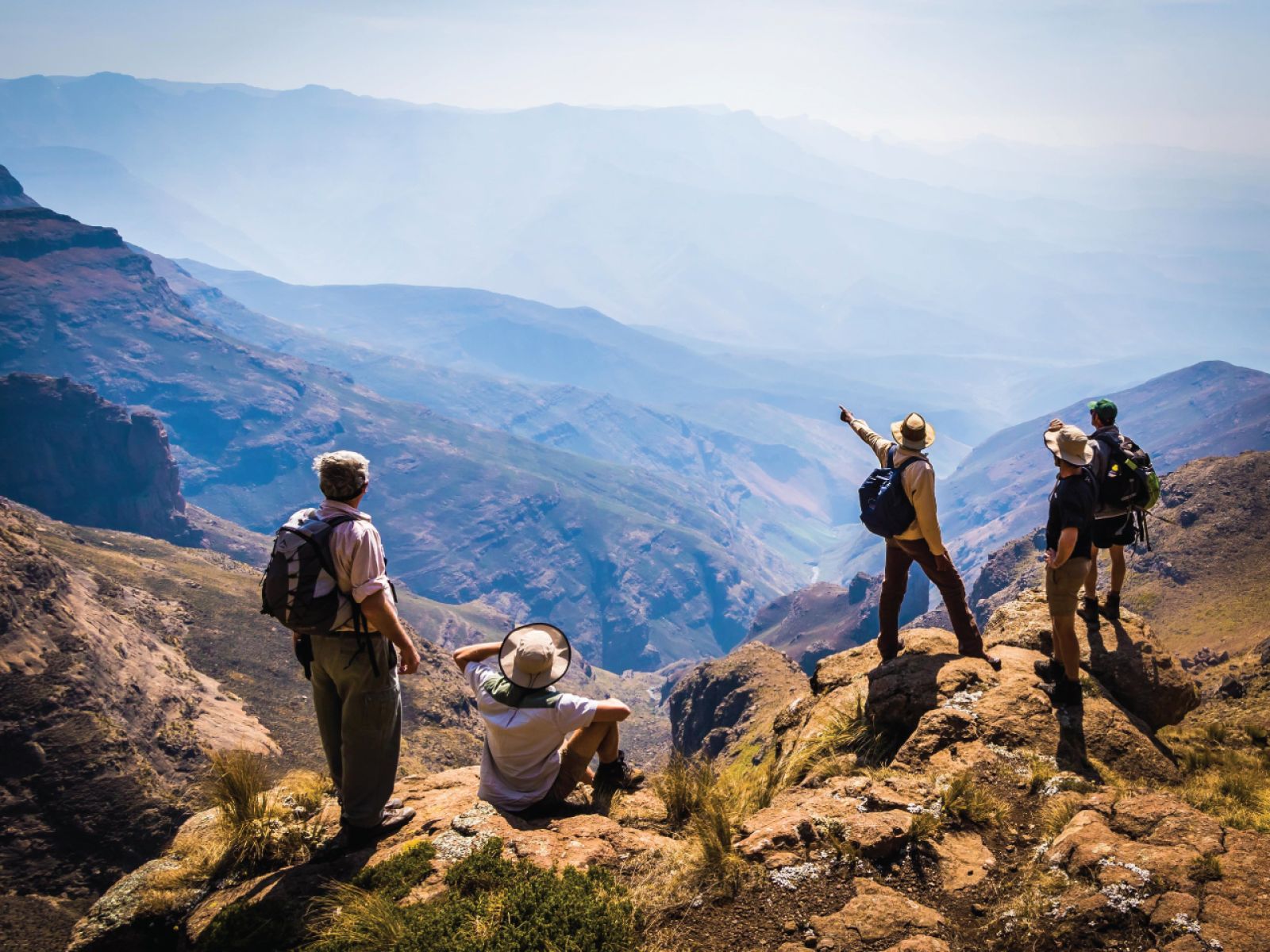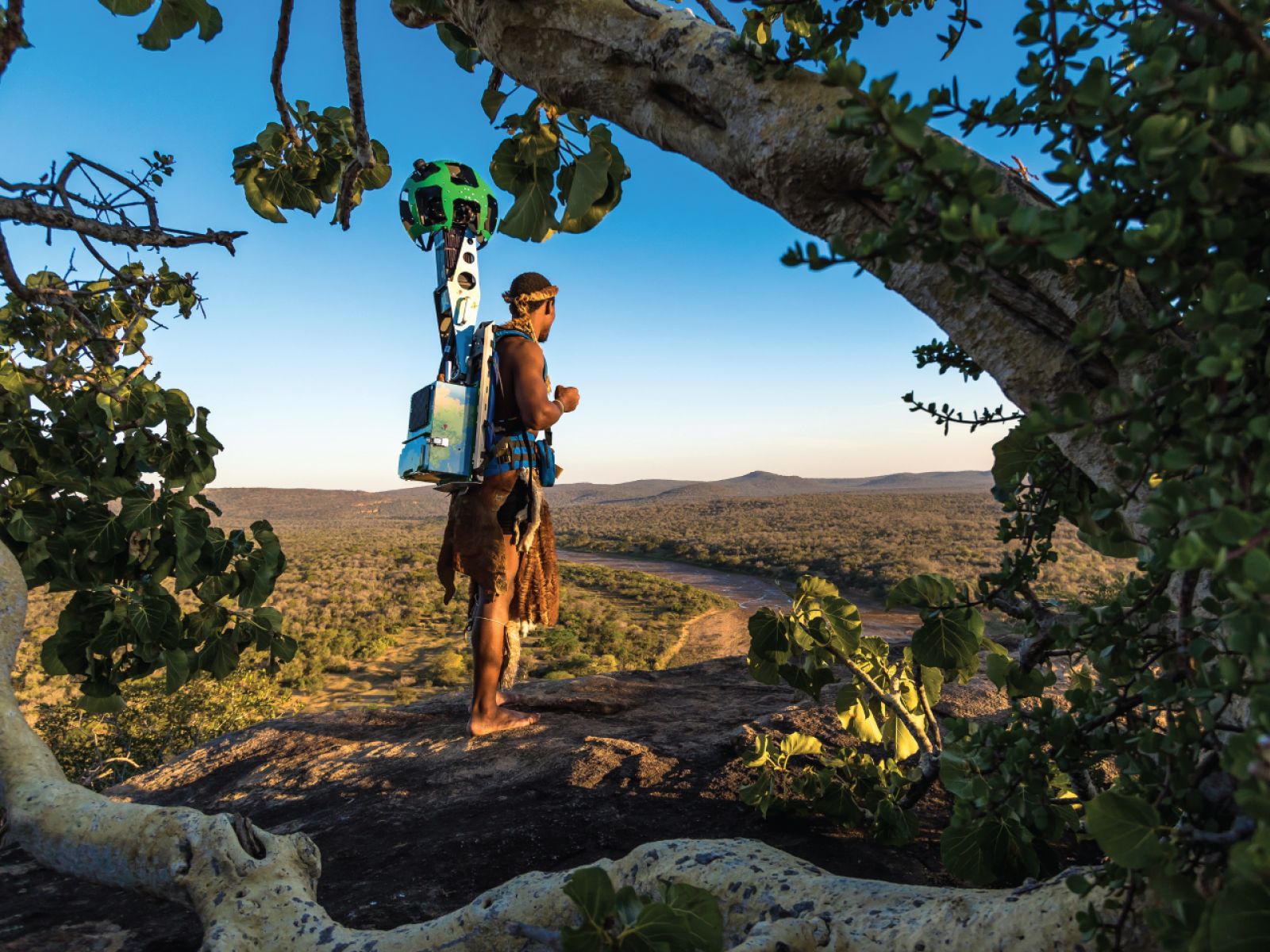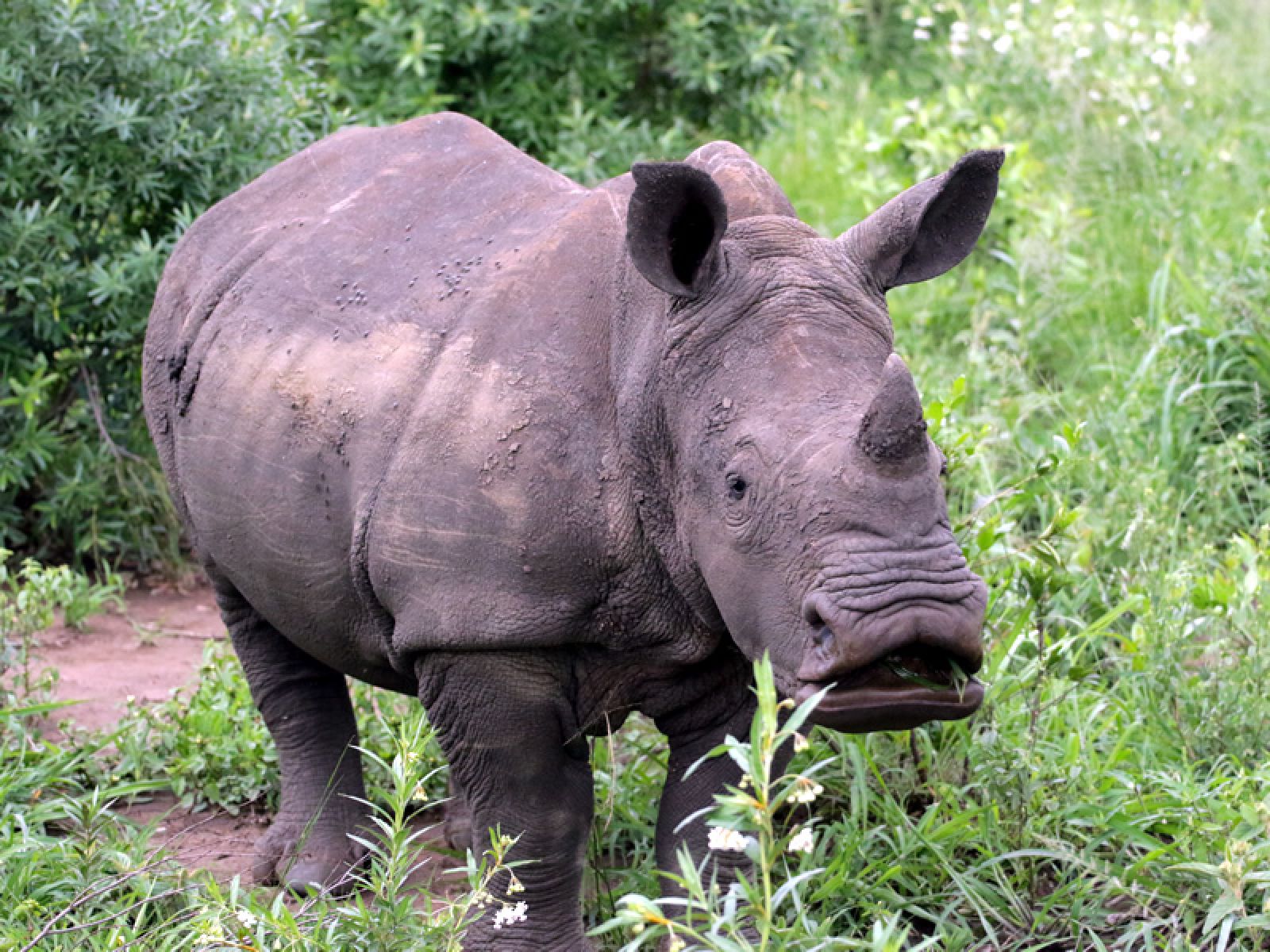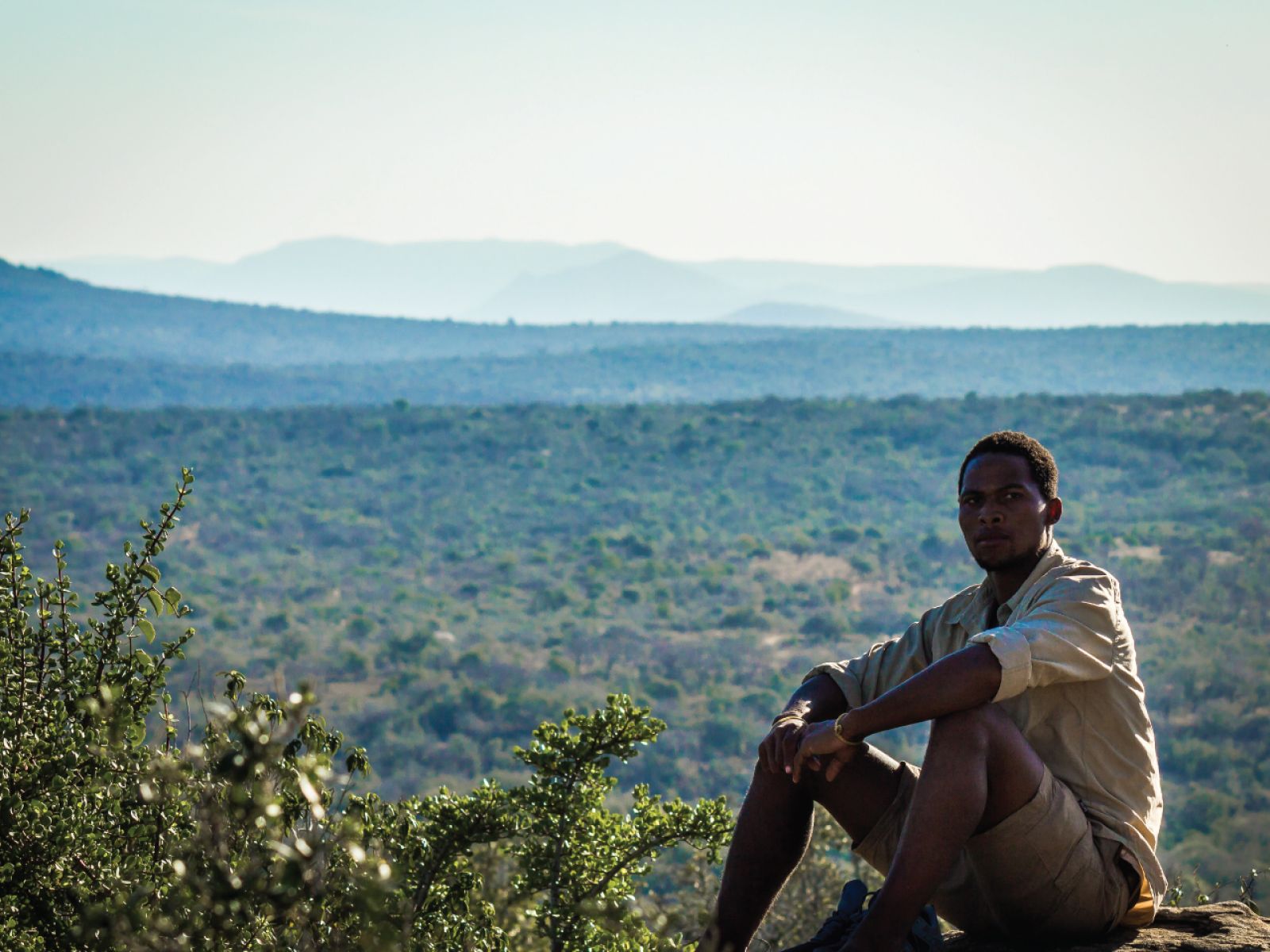Ezemvelo News
Motorists urged to behave during Easter holiday
...on the N2 on Wednesday. The roadblock was conducted by uMfolozi municipal leadership with traffic police firefighters and Ezemvelo KZN Wildlife. Bhengu explained that their main objective was to inspect the roadworthiness of vehicles and ...
New Hope Spot champion takes helm for Aliwal Shoal
...launch. Among them are Dr Tony Ribbink Dr Bruce Mann Dr Judy Mann Walter Bernadis Ivan Van Heerden Sam Ndlovu of Ezemvelo KZN Wildlife Odette Williams as well as the Clansthal Conservancy and several local community members and groups. ...
Children as young as six used to steal rare plants
...Zondi. 'We provide training on how to grow their own medicinal gardens and get permits through Ezemvelo with support from EDTEA and the National Movement for Rural Women.' The garden has also improved coordination with Ezemvelo'...
Call for urgent action on Ezemvelo KZN Wildlife ranger vacancies
...said the DA acknowledges Ezemvelo's interventions. However the entity cannot win the war against poaching without field rangers. She said that despite a poaching decline the threat to KZN's rhinos remains severe: ...
Call for urgent action on Ezemvelo KZN Wildlife ranger vacancies
...requiring funding of R47.4 million in total.' The various stages of recruitment for the 42 posts. Reacting DA EDTEA spokesperson Hannah Lidgett said the DA acknowledges Ezemvelo's interventions. However the entity cannot win the war ...
Call for urgent action on Ezemvelo KZN Wildlife ranger vacancies
...total.' The various stages of recruitment for the 42 posts. Reacting DA EDTEA spokesperson Hannah Lidgett said the DA acknowledges Ezemvelo's interventions. However the entity cannot win the war against poaching without field rangers. ...
Call for urgent action on Ezemvelo KZN Wildlife ranger vacancies
...total.' The various stages of recruitment for the 42 posts. Reacting DA EDTEA spokesperson Hannah Lidgett said the DA acknowledges Ezemvelo's interventions. However the entity cannot win the war against poaching without field rangers. ...
Call for urgent action on Ezemvelo KZN Wildlife ranger vacancies
...total.' The various stages of recruitment for the 42 posts. Reacting DA EDTEA spokesperson Hannah Lidgett said the DA acknowledges Ezemvelo's interventions. However the entity cannot win the war against poaching without field rangers. ...
Call for urgent action on Ezemvelo KZN Wildlife ranger vacancies
...total.' The various stages of recruitment for the 42 posts. Reacting DA EDTEA spokesperson Hannah Lidgett said the DA acknowledges Ezemvelo's interventions. However the entity cannot win the war against poaching without field rangers. ...
Call for urgent action on Ezemvelo KZN Wildlife ranger vacancies
...total.' The various stages of recruitment for the 42 posts. Reacting DA EDTEA spokesperson Hannah Lidgett said the DA acknowledges Ezemvelo's interventions. However the entity cannot win the war against poaching without field rangers. ...
Ndumo reserve is in limbo
...Ezemvelo KZN Wildlife and community leaders.` Ramsar member nations meet once every three years with the next meeting in Victoria Falls Zimbabwe from July 23 to 31. It remains unclear whether the Ndumo question will feature ...
Ivangeli lokushayela ngokucophelela ngePhasika
...lokushayela ngokucophelela ngePhasika KUNXUSWE abasebenzisa umgwaqo ukuba bahloniphane ngesikhathi iMeya yaseMfolozi uMnuz Xolani Bhengu ubuholi bukamasipala amaphoyisa omgwaqo abophiko lwezicishamlilo nabeKZN Ezemvelo Wildlife ...
DA`s urgent appeal for ranger vacancies to be filled
...requests to fund and fill the remaining 367 vacancies`. *Information in tables supplied by KZN EDTEA. ^ WhatsApp us about this 071 485 799 Daily ...
Fill vacant Ezemvelo KZN ranger posts
...fill the remaining 367 vacancies. These critical posts must be treated as a provincial priority to protect our rhinos which are not only of great value to KZN but to the entire world. HANNAH LIDGETT I DA KZN Spokesperson ...
Children as young as six used to steal rare plants
...mits` said Zondi. `We provide training on how to grow their own medicinal gardens and get permits through Ezemvelo with support from EDTEA and the National Movement for Rural Women.` The garden has also improved coordination with Ezemvelo`...
Fill nearly 400 vacant Ezemvelo KZN Wildlife ranger posts
...fund and fill the remaining 367 vacancies. These critical posts must be treated as a provincial priority to protect our rhinos which are not only of great value to KZN but to the entire world. I DA KZN Spokesperson ...
Ezemvelo KZN Wildlife urged to fill almost 400 vacant field ranger posts
...requests to fund and fill the remaining 367 vacancies. These critical posts must be treated as a provincial priority to protect our rhinos which are not only of great value to KZN but to the entire world. I DA KZN Spokesperson ...
EZEMVELO HAS WELCOMED THE ANNOUNCEMENT OF A DECLINE IN RHINO POACHING FIGURES.
Ezemvelo KZN Wildlife (Ezemvelo) CEO, Mr. Sihle Mkhize, has welcomed the announcement made by the Minister of Forestr...
HLUHLUWE IMFOLOZI PARK MANAGEMENT ENGAGES STAKEHOLDERS ON HUMAN-WILDLIFE CONFLICT
Ezemvelo KZN Wildlife’s Hluhluwe iMfolozi Park (HiP) Management led by the Park Manager, Mr Amos Tembe convened a sta...
DOWNWARD TREND IN RHINO POACHING IS ENCOURAGING, SAYS MINISTER GEORGE
Wildlife Trafficking remains a significant global issue that requires an intense and co-ordinated global endeavour if...
© 2024 KZN Wildlife ALL RIGHTS RESERVED.





